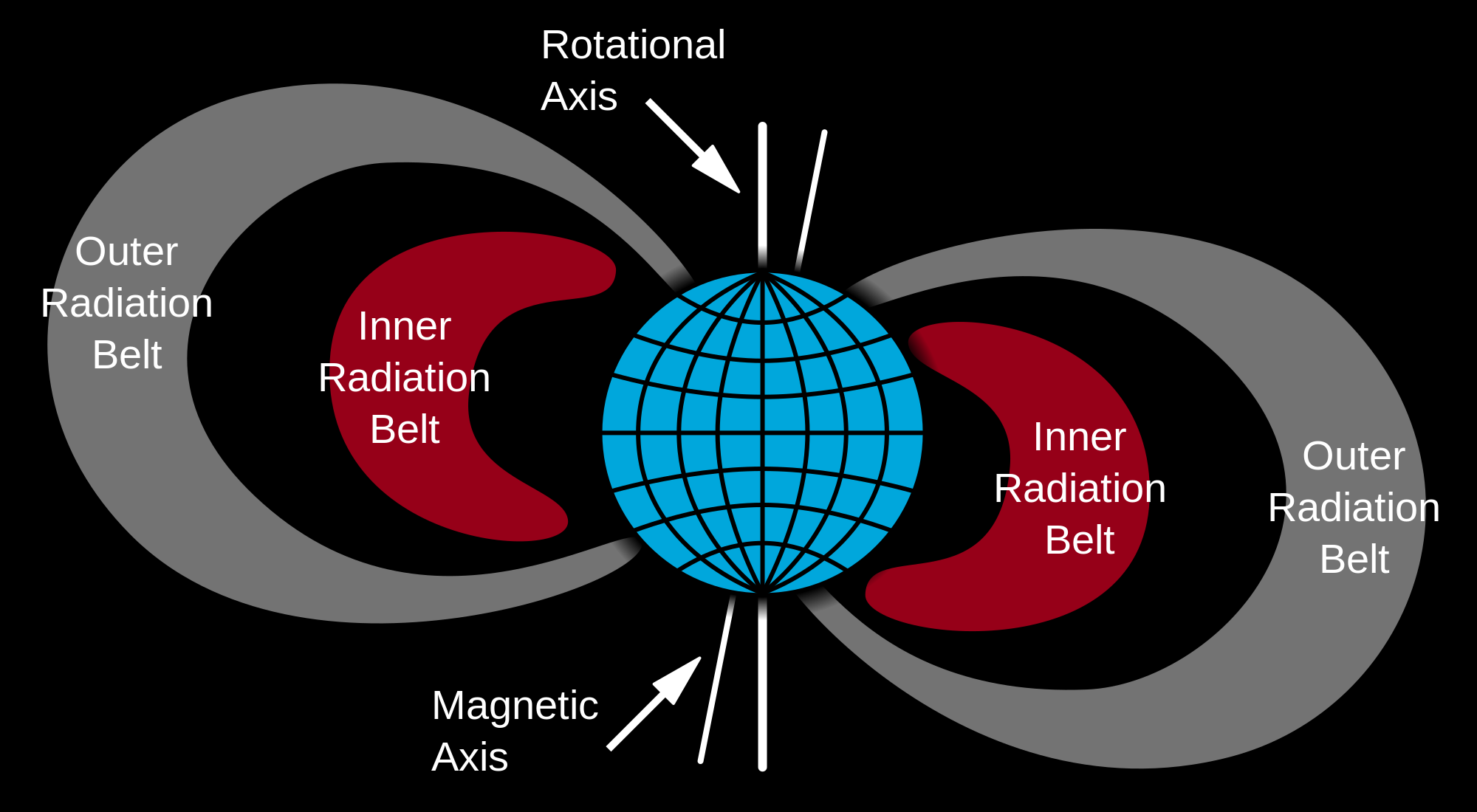Concept » History » Version 2
« Previous -
Version 2/13
(diff) -
Next » -
Current version
Muguerza, Joaquin, 12/15/2014 05:15 PM
Concept¶
- Table of contents
- Concept
Cubesats¶
In 2003, the first Cubesats were launched to space. By 2014, more than two hundred of these satellites have been put in orbit, and the number continues to grow. They are extremely popular in the academic institutions and space organizations all over the world.
In 1999, Jordi Puig-Suari (from California Polytechnic State University) and Robert Twiggs (from Stanford University) developed the CubeSat standard to help universities and educational institutions worldwide access to space exploration and research activities. Designed to be compatible with the Poly-Picosatellite Orbital Deployer (P-POD), their size is measured in unit sizes (1U = 10 cm x 10 cm x 10 cm). The most popular platforms are of 1U, 2U and 3U. Their mass goes from 1kg (for the 1U) up to 4kg (for the 3U), putting them in the classification of nanosatellites or picosatellites. Thanks to their dimensions and mass, they are easy to send to space at lower costs, since they are usually piggybacked with other, larger, missions.
Despite their small size and weight, they can be used to test a wide variety of devices in space environment, from simple cameras to multi-spectral cameras, used in complex studies of the ionosphere; and also to perform more complex experiments and measurements in the domains of Astronomy, Biology, Atmospheric sciences, Earth observations, etc. [1]


On the left, Pharmasat with dishes for growing yeast in space. On the right, DICE cubesat, with probes for measuring electron density.
Cubesats are usually placed in low Earth orbits (LEO), defined as 160-2000 km above the Earth’s surface. Many of them, are stationed between 600 and 800km of altitude, below the Van Allen belts, and safe from most of the radiation present in space. This makes it possible to use commercial-off-the-shelf electronics, not suitable for harsher environments, where the Sun’s radiation is an issue.

Inner belt extends approximately from 1000 km to 6000 km of attitude.
The lower price of off-the-self electronics, together with the lower launching price with make their cost considerable lower than other types of satellites, and affordable to educational institutions. A wide variety of ready-to-use CubeSat kits compliant with the standard are available on the market, saving the effort of building its own hardware and allowing to quickly experiment with this kind of platform.
In order to be compatible with the launchers, and respect the normatives, the Cubesats must meet some requirements defined in the standard ****. Some of its key points are:
Total stored chemical energy shall not exceed 100 Watt-Hours.
Out-gassing materials must be NASA approved.
Dimensions are specified by diagrams, and limit maximum dimensions, size of the rails, excess of components on the surface, etc.
Single Cubesats shall not exceed 1.33kg mass; triple CubeSat, 4.0 kg mass.
The CubeSat center of gravity shall be located within a sphere of 2cm from its geometric center.
Aluminum 7075 or 6061 shall be used for both the main CubeSat structure and the rails. If other materials are used the developer shall submit a DAR and adhere to the waiver process.
The CubeSat shall use separation springs, with characteristics defined on the standard.
No electronics shall be active during launch to prevent any electrical or RF interference with the launch vehicle and primary payloads. CubeSats with batteries shall be fully deactivated during launch or launch with discharged batteries.
The CubeSat shall include a Remove Before Flight pin or launch with batteries fully discharged. the RBF pin shall be removed from the Cubesat after integration into the P-POD.
For amateur frequency use, this requires proof of frequency coordination by the International Amateur Radio Union (IARU). Applications can be found at www.iaru.org.
The orbital decay lifetime of the CubeSats shall be less than 25 years after end of mission life.
References¶
[1] "Cubesats: Cost-effective science and technology platforms for emerging and developing nations", Woellert et al.

